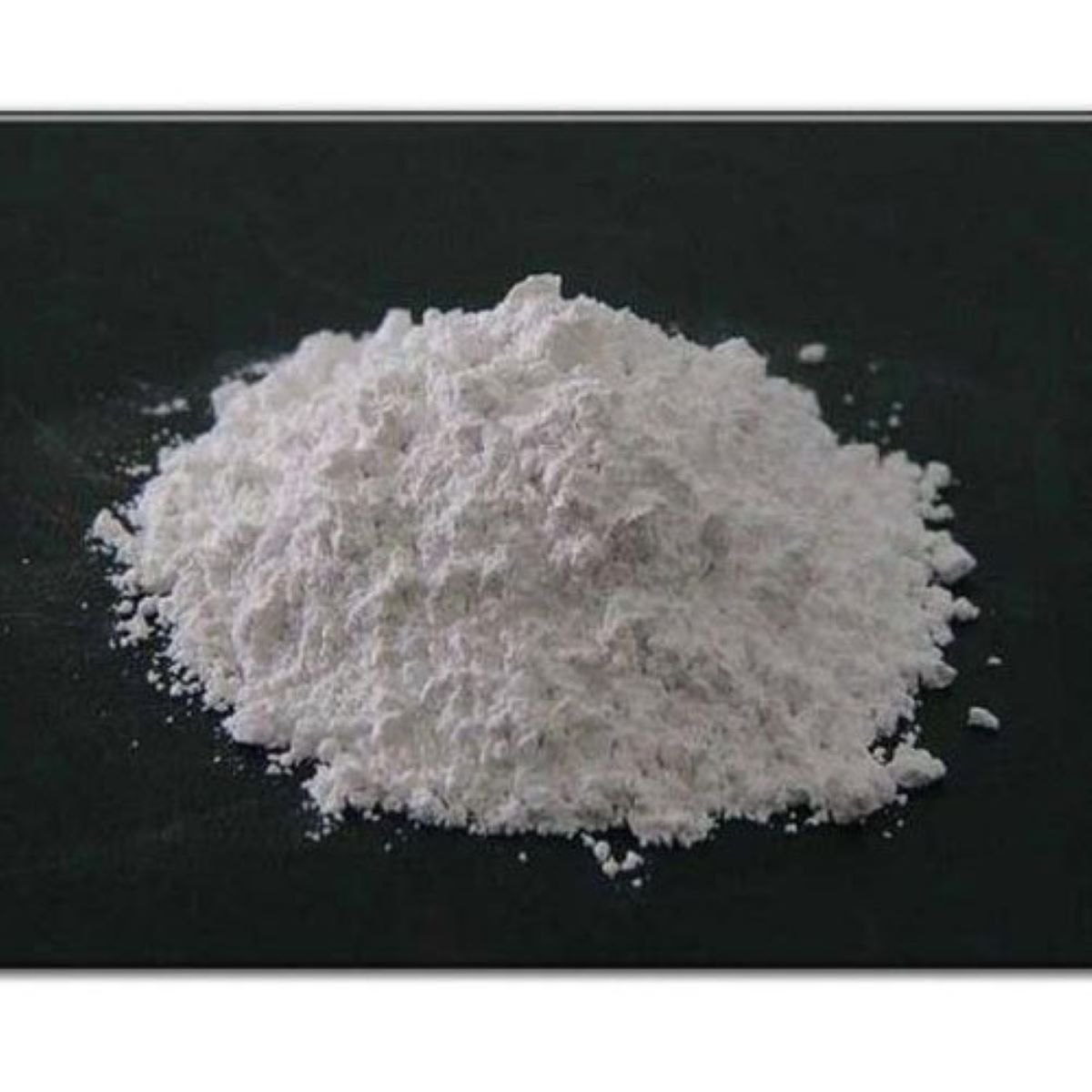Calcium carbonate is a naturally occurring compound found in rocks, shells, and minerals. Artists have used it in various forms for centuries, especially in the production of paints. This article explores why calcium carbonate is a popular choice for artists and its significant role in the world of art.
The Role of Calcium Carbonate in Paint
Calcium carbonate powder serves as a key ingredient in many paints and art supplies. It acts as a pigment, providing white color and opacity. When mixed with other materials, it enhances the texture and consistency of the paint, making it easier to apply. Artists appreciate this fine powder because it improves the overall performance of their paints, ensuring a smooth and uniform finish on the canvas.
In addition to providing color and opacity, calcium carbonate contributes to the paint’s durability. When used in acrylics and oils, it helps the paint adhere better to surfaces, preventing it from flaking or peeling over time. This durability is crucial for artists who want their work to stand the test of time.
Advantages of Using Calcium Carbonate
One of the main advantages of using calcium carbonate in paint is its non-toxic nature. Artists often seek safe materials to work with, especially when creating art in enclosed spaces or for children’s art projects. Unlike some synthetic pigments, calcium carbonate poses minimal health risks, making it a preferred choice for many.
Moreover, calcium carbonate is affordable and widely available. Many manufacturers across India produce this essential material, ensuring that artists have access to quality calcium carbonate powder for their projects. The abundance of this resource helps keep costs down, allowing artists to focus more on their creativity rather than worrying about expensive materials.
Enhancing Paint Texture and Performance
The texture of paint can greatly influence the final artwork. Calcium carbonate contributes to this texture by providing a thicker consistency, which many artists find advantageous. This thickness allows for more control during application, whether using a brush, palette knife, or other tools. Artists can create a range of effects, from smooth glazes to textured impasto.
In addition to its textural benefits, calcium carbonate helps improve the paint’s drying time. It can regulate moisture levels within the paint, allowing it to dry evenly without causing cracks or bubbles. This feature is particularly beneficial for artists who work in layers or those who need to complete projects within a specific timeframe.
The Importance of Quality
When selecting calcium carbonate, artists should consider the quality of the powder. Not all calcium carbonate is created equal, and impurities can affect the paint’s performance. Therefore, artists should source their materials from reputable calcium carbonate manufacturers in India. High-quality calcium carbonate ensures vibrant colors, excellent adhesion, and long-lasting results in their artwork.
Environmental Considerations
As artists become more aware of environmental issues, the sustainability of materials is an important factor. Calcium carbonate is a natural mineral that is abundant and often produced in environmentally friendly ways. Many manufacturers strive to minimize their environmental impact by employing sustainable mining and processing practices. This aspect makes calcium carbonate an appealing choice for artists concerned about their ecological footprint.
Conclusion
In summary, calcium carbonate plays a vital role in the world of art. Its ability to enhance paint quality, texture, and durability makes it a popular choice among artists. The non-toxic nature of this material, coupled with its affordability and availability from various manufacturers, further solidifies its place in artistic practices. As artists continue to explore new techniques and materials, calcium carbonate will likely remain a staple in their palettes, contributing to the creation of beautiful and lasting works of art.

